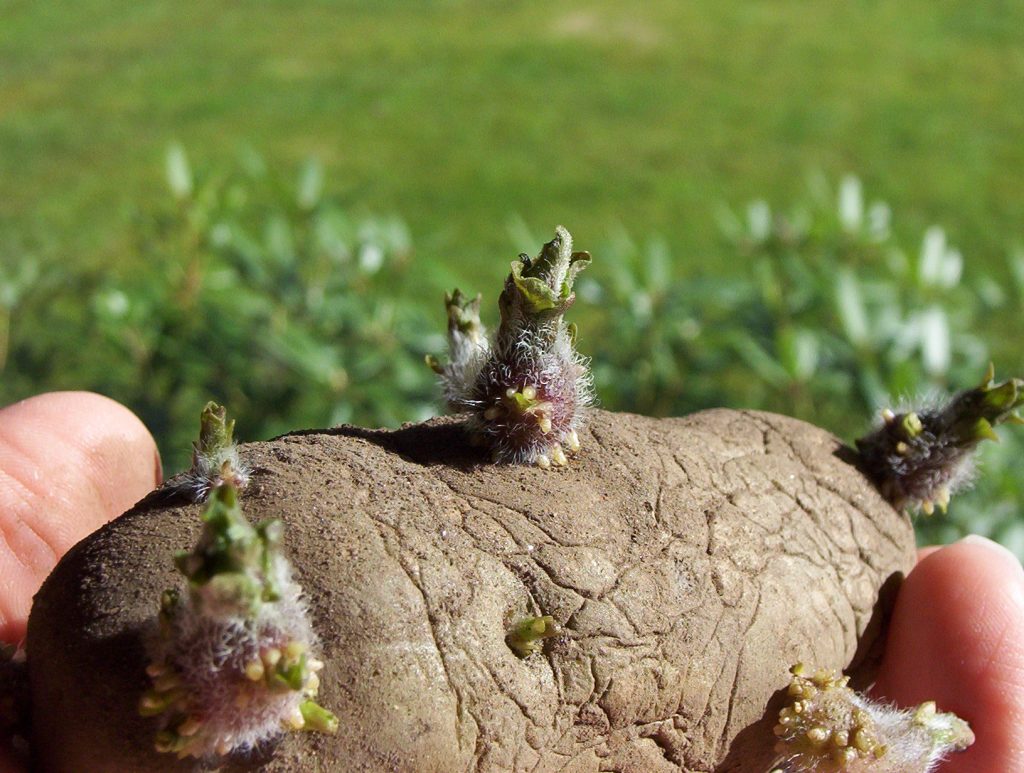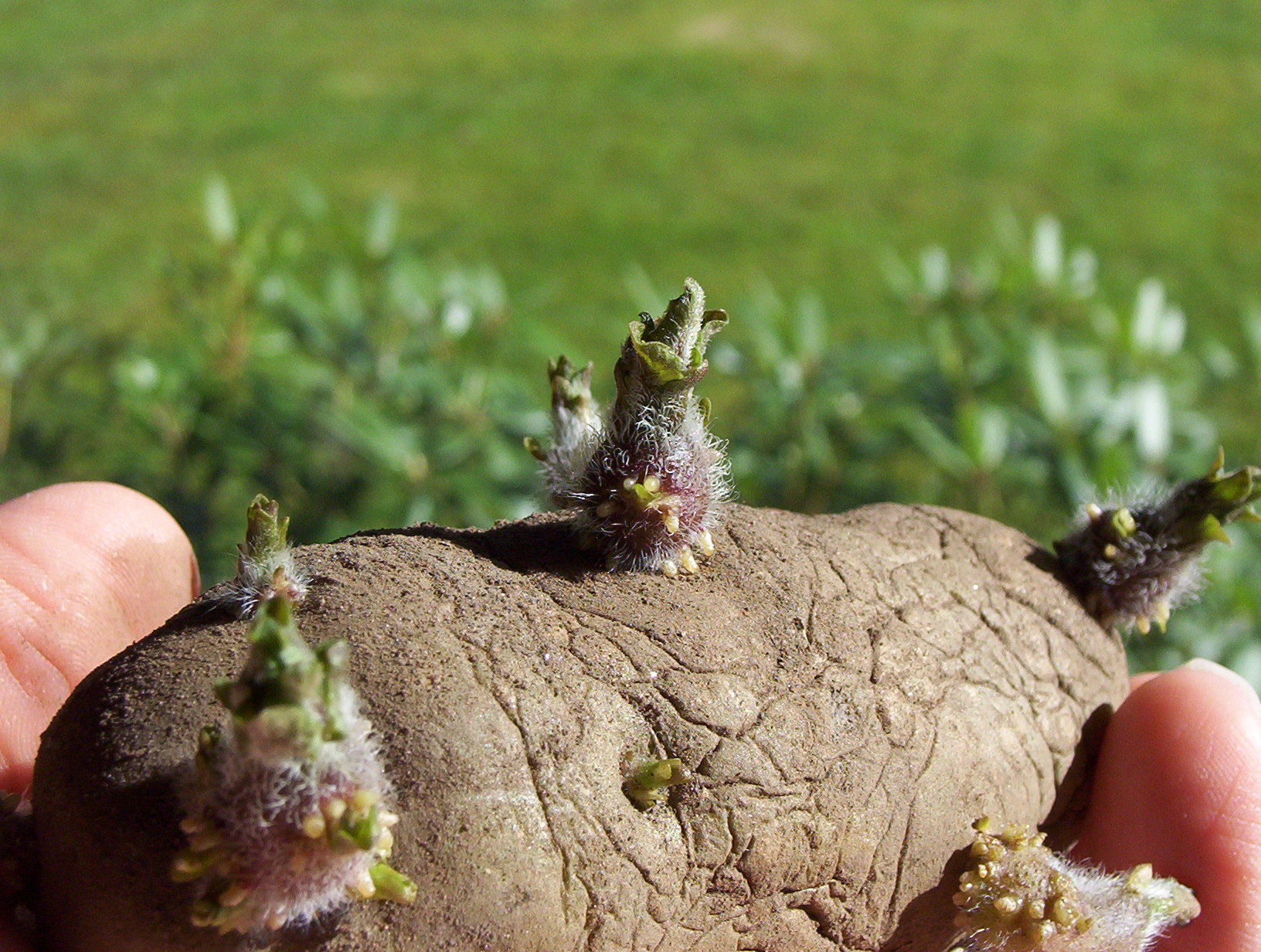Sunny markets return for seed potatoes
The main countries producing seed potatoes are the Netherlands with 40,180 ha (unchanged compared to 2015), 20,023 ha in France (+3.2%), 15,912 ha in Germany (-2.4%) and 2,257 ha in Belgium (-9.2%). Annual changes in the multiplication area indicate which variety is finding its place on the market or which is hardly moving. The chart gives the figures for the last 5 years for the main varieties by category.
Mid-early varieties gaining space
All the main varieties in the early segment are declining, while the mid-earlies are gaining space. Premiere is present in the 4 countries but comes second in the earlies ranking, behind Sinora, due to a sharp decline (21%) this year. Friselander, Anosta and Berber complete the top-5. In mid-earlies, Felsina (multiplied only in the Netherlands) is on the rise. Artemis (fresh market) is decreasing and Miranda remains steady. Processing factories are looking for fewer earlies and mid-earlies as they want to continue later and later into July with old crop tubers kept in high-performance storage facilities.
Varieties for seed export markets
This is a very competitive market where it is hard for new varieties to find a place. Spunta always leads the ranking thanks to demand from the whole Mediterranean basin (the South of Europe and North Africa), and this year has gained some hectares, rising to 8,000 ha in these 4 countries. Desiree, Kennebec and Jearly are increasingly produced less and less and replaced by a lot of varieties adapted to local growing and ware conditions. The European export trade is mainly towards the Middle East, North Africa and Southern Europe.
Varieties for European fresh market
Annabelle dominates the firm flesh category (waxy potatoes) but is losing hectares for the second consecutive year. Charlotte (mainly multiplied in France) is increasing this year but has been on an up and down trend for the past 10 years. Hansa and Nicola are decreasing but still ahead of Allians. Jazzy is booming and has taken over the 6th place from Cilena which has been falling for 4 years now. In floury varieties, Agata is by far the top variety, ahead of Monalisa. Both are present only in France and the Netherlands, with similar areas in each country. In this category all the breeders are searching for a variety with a (very) high yield, good washability and an acceptable frying colour to supply the European and export markets. As this is not easy to select, the existing varieties are holding their place.
Processing varieties
These varieties are being pushed higher by fast growth in European processing activity, with major developments worth noting: Bintje (-19%) has slipped to 4th place behind Fontane (+23%), which has clearly taken over the leadership, Agria (+12%) and Innovator (+10%). Challenger has lost 18% and returned to its 2014 level. All the other major varieties are also on the increase with the exception of Ramos (-35%). Lady Anna is booming (+75%) at almost 400 ha of seed multiplication. The crisping varieties are dominated by Lady Claire, with more than 1,000 ha, despite a 15% fall this year. It is followed by Hermes (+24%), Lady Rosetta (-4%), Pirol (+4%) and VR808 (+8%). Changes are expected in this category in the coming years.
Fast improvements inorganic varieties
Organic potato production has been increasing very fast in recent years. Varieties with more resistance to late blight are difficult to develop so a variety like Agria is still mainly used (thanks to its relatively good tolerance to late blight on the leaf and very good French fry quality). Carolus, Vitabella and Sarpo Mira are going up considerably. The other varieties in the top 8 are going down.
Seed potato image: ‘Early Rose variety seed tuber with sprouts’ by Mathias Karlsson (Own work) [GFDL, CC-BY-SA-3.0 via Wikimedia Commons




